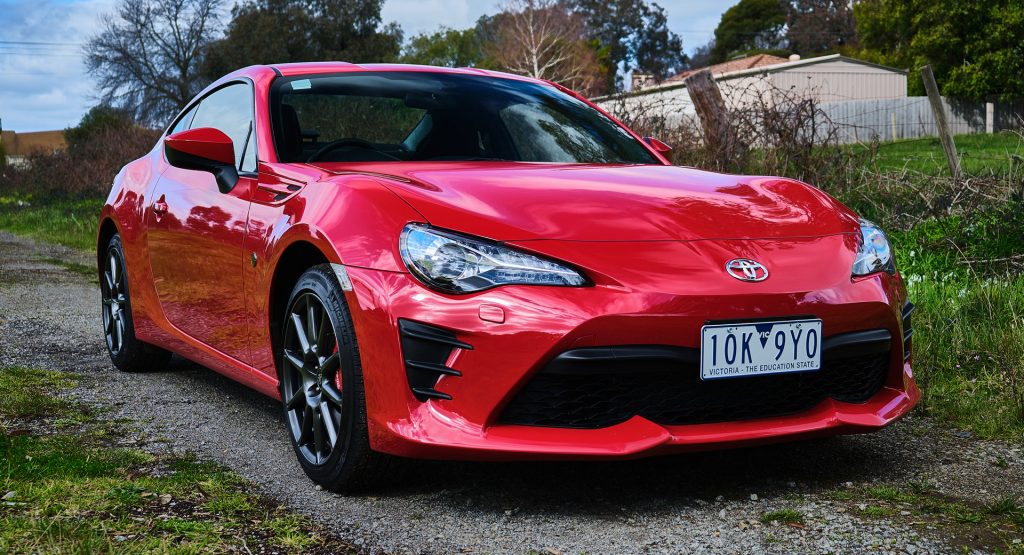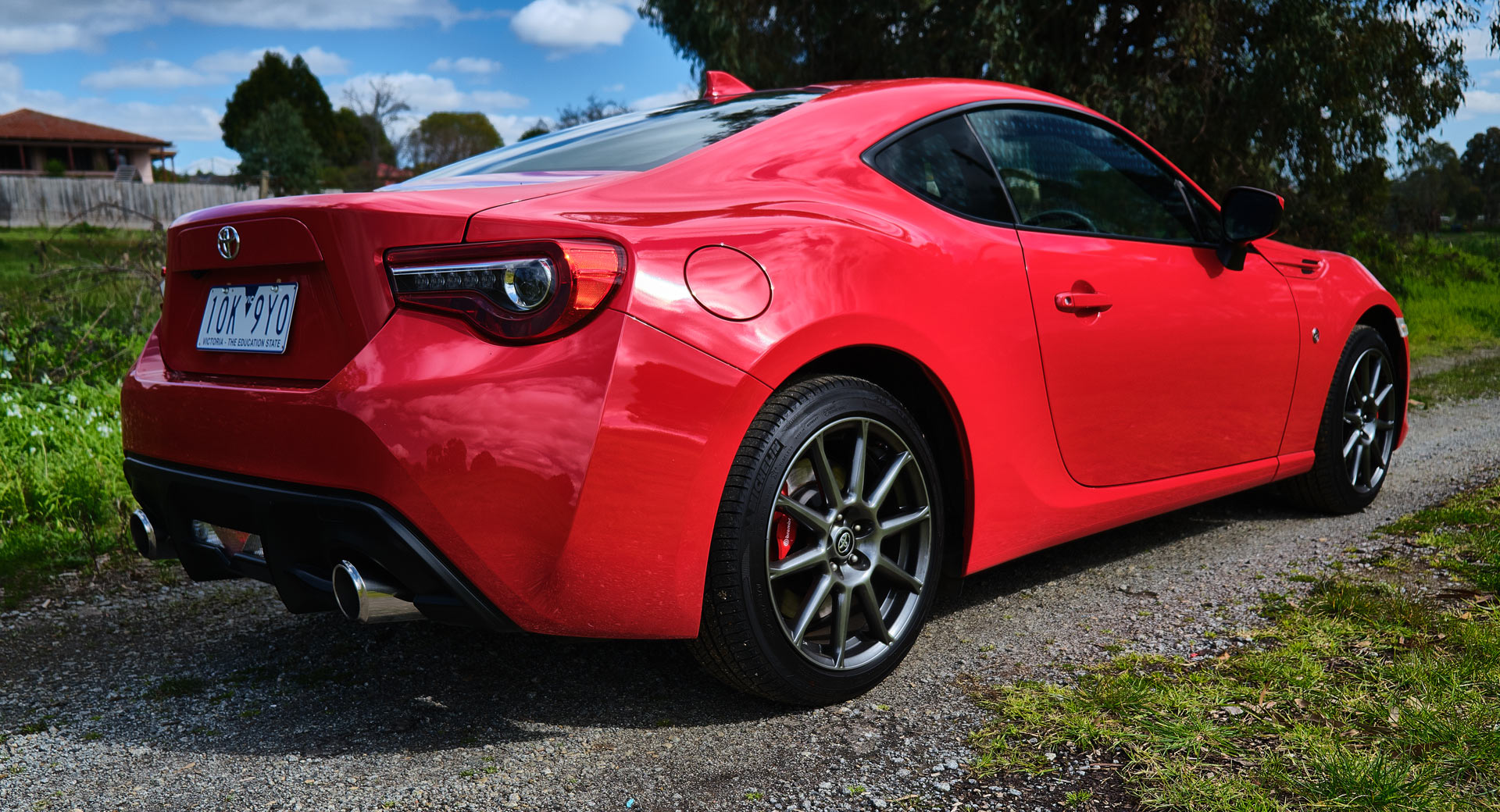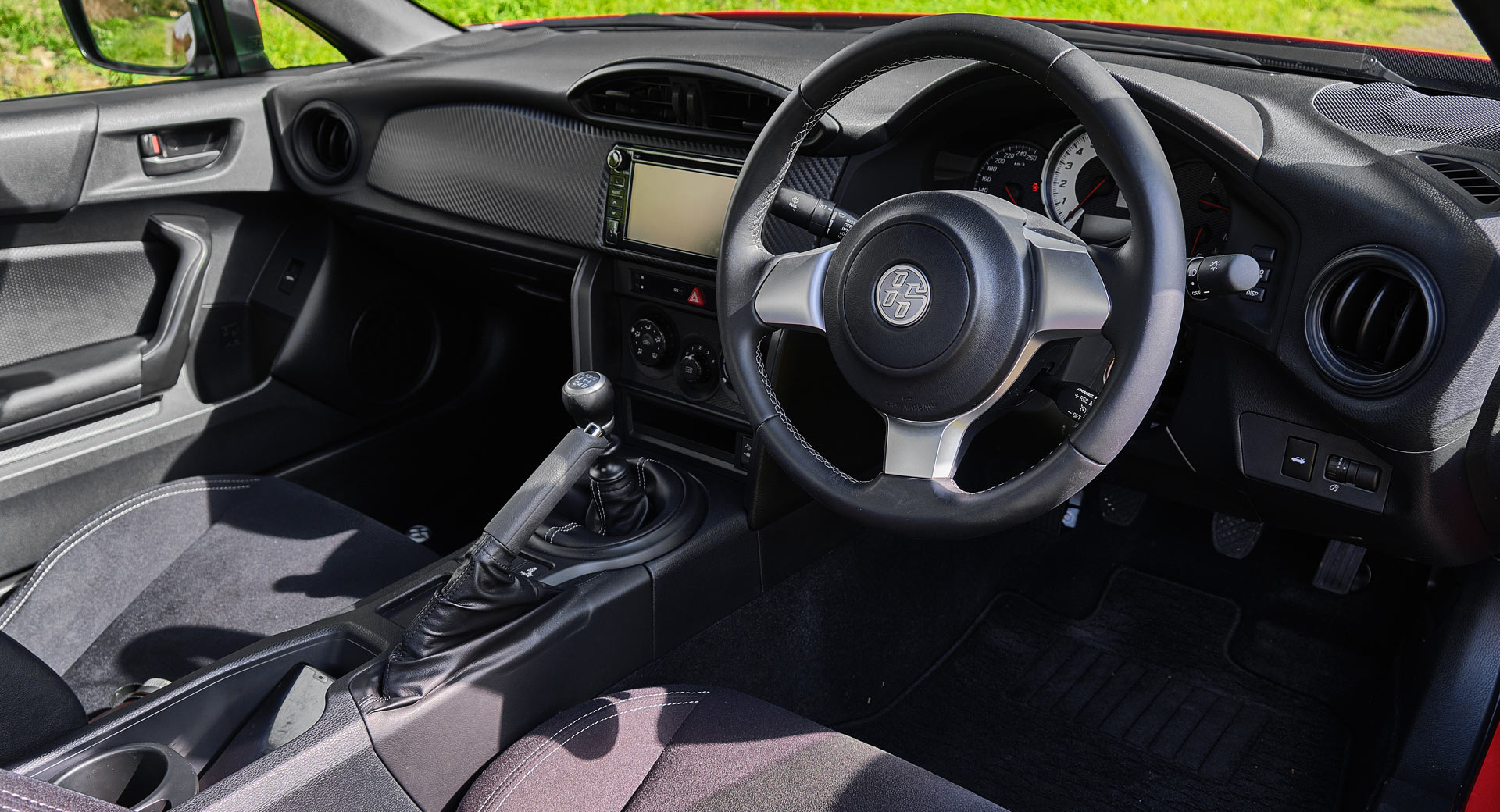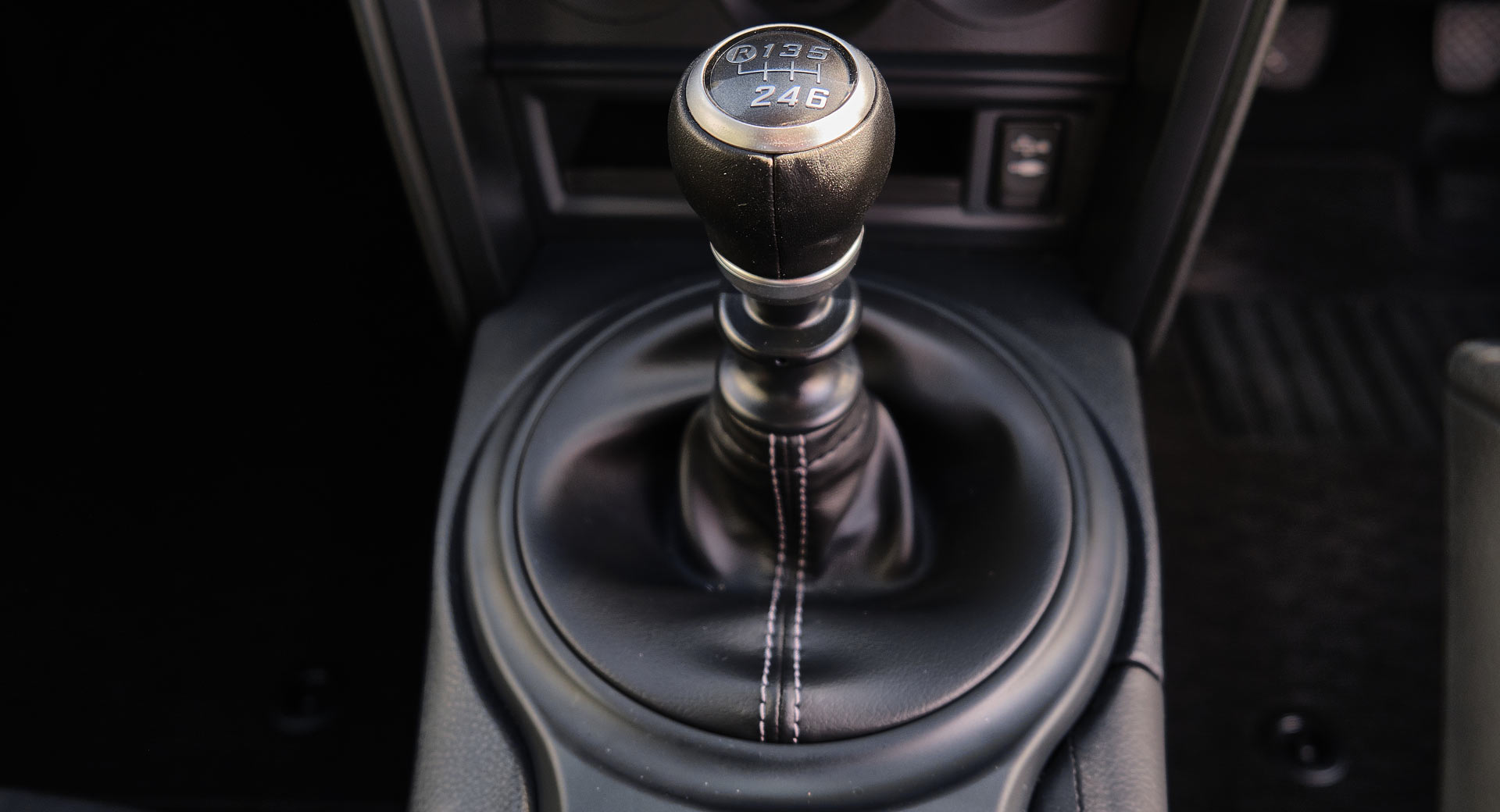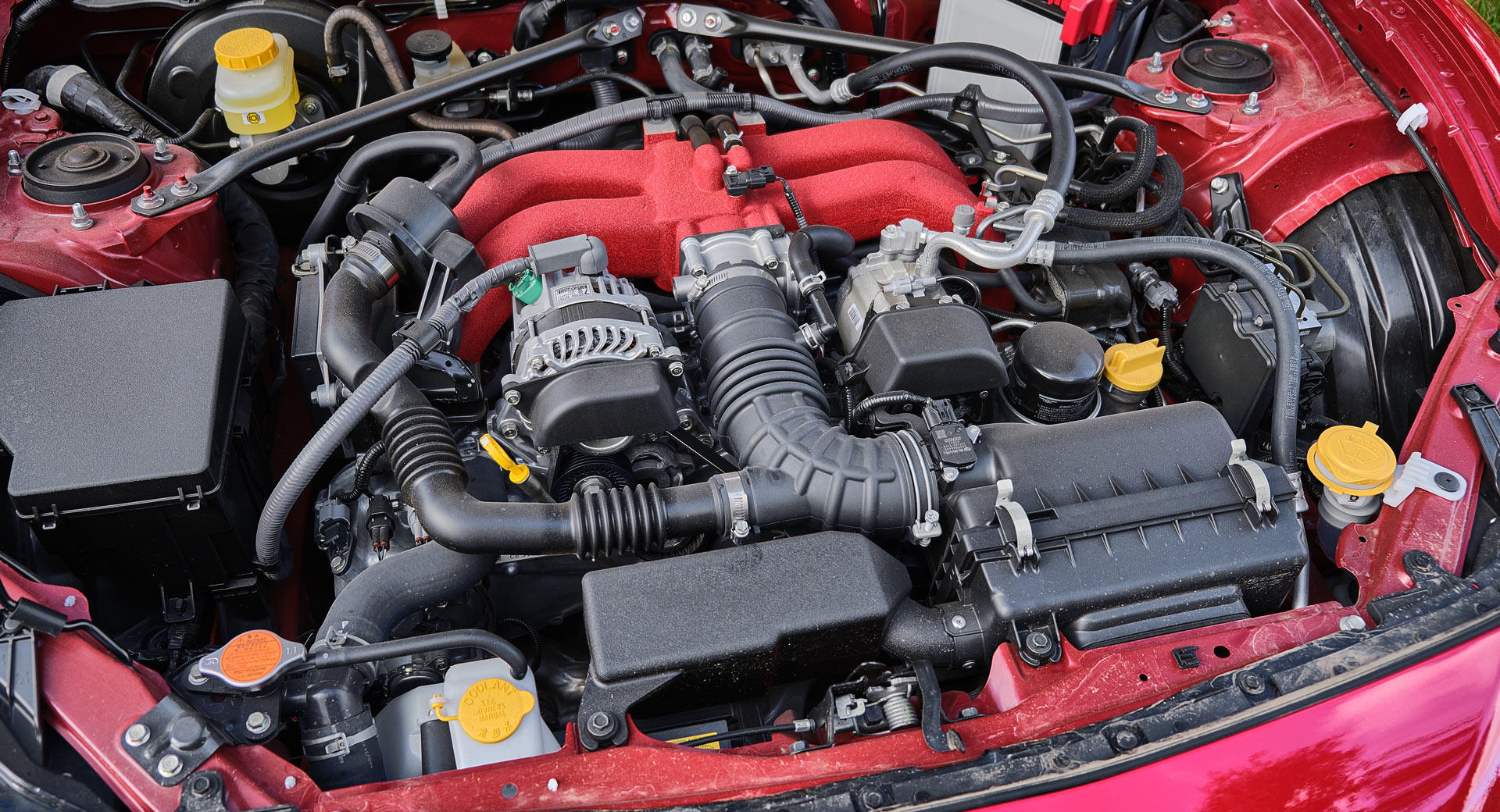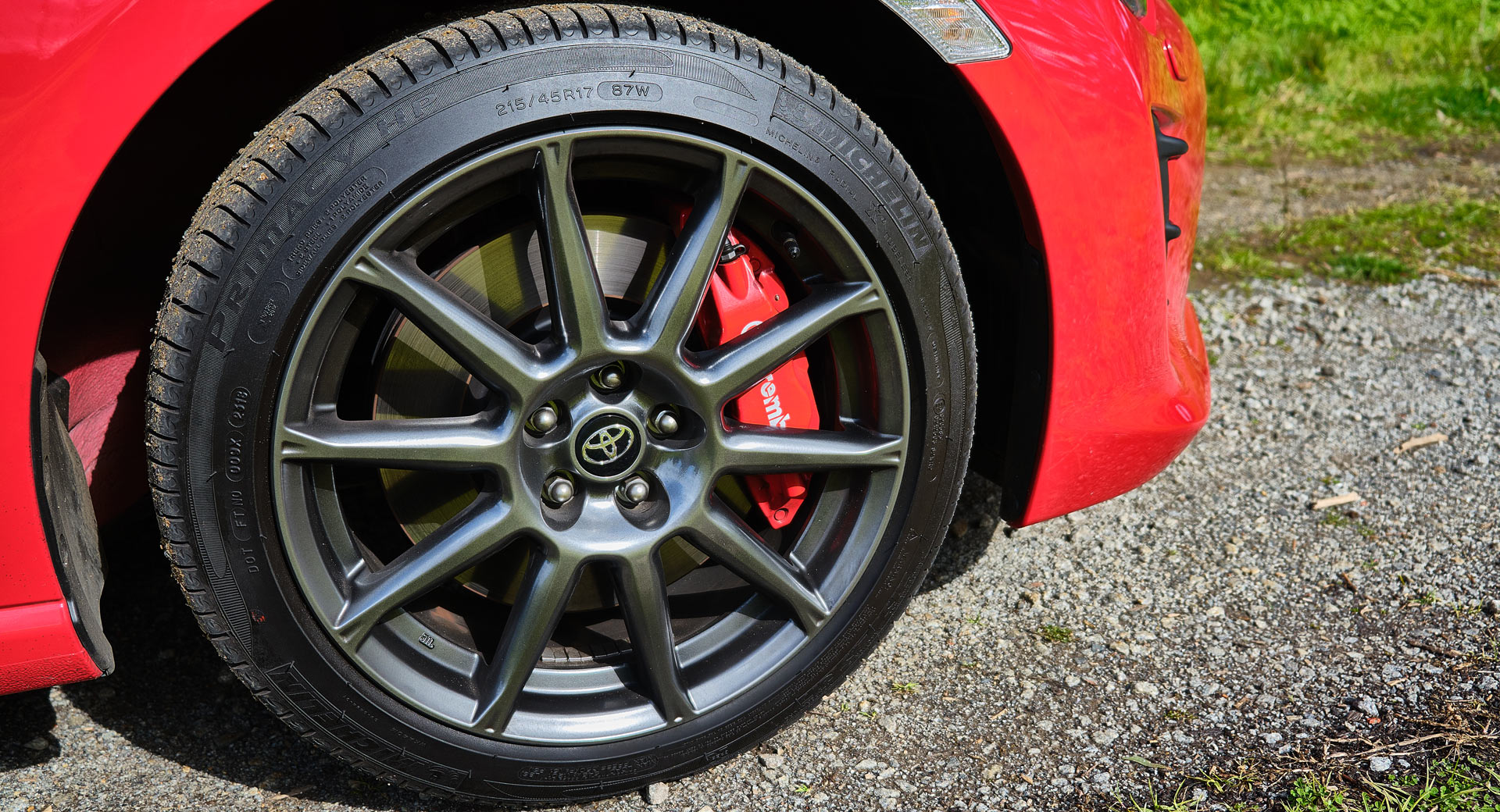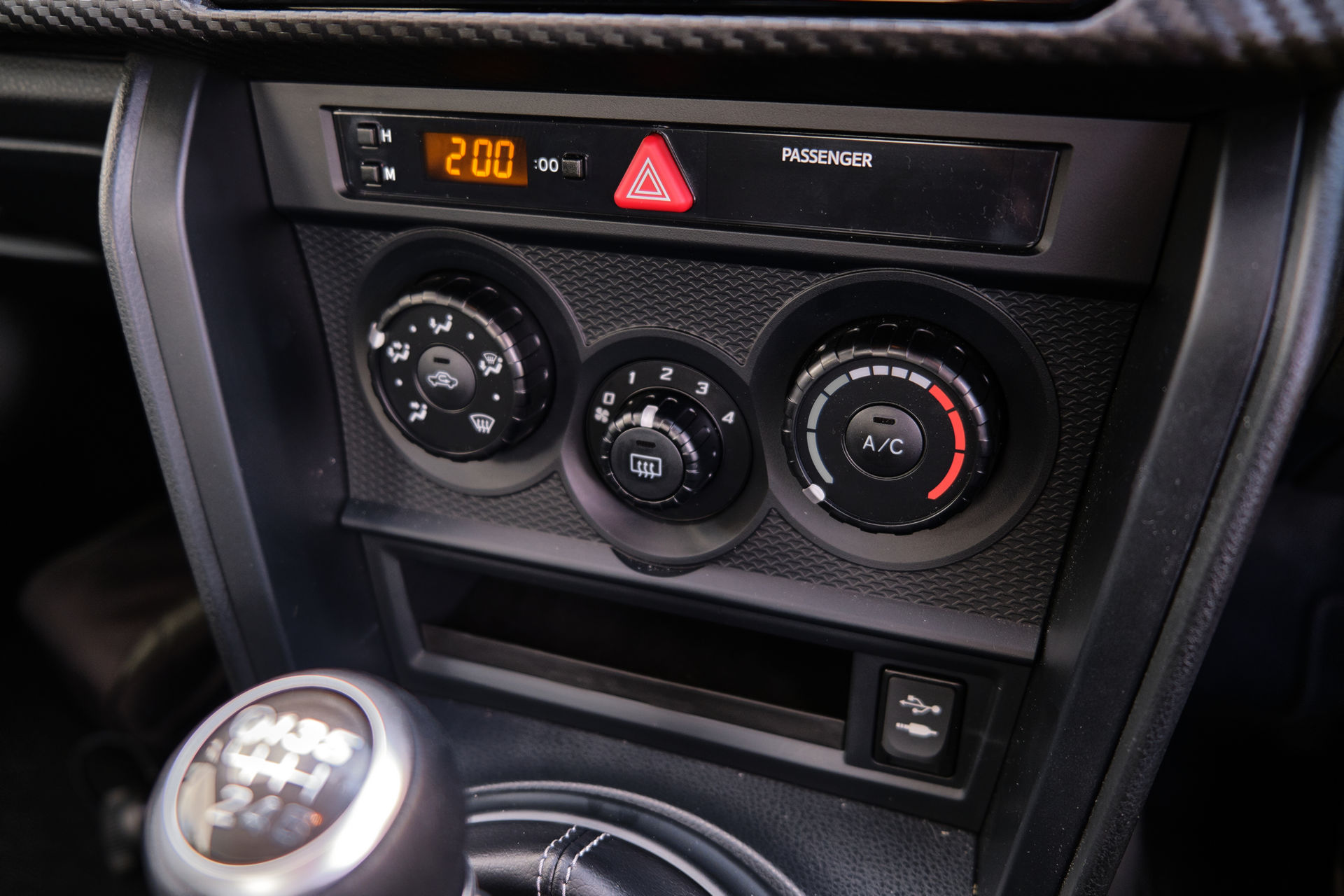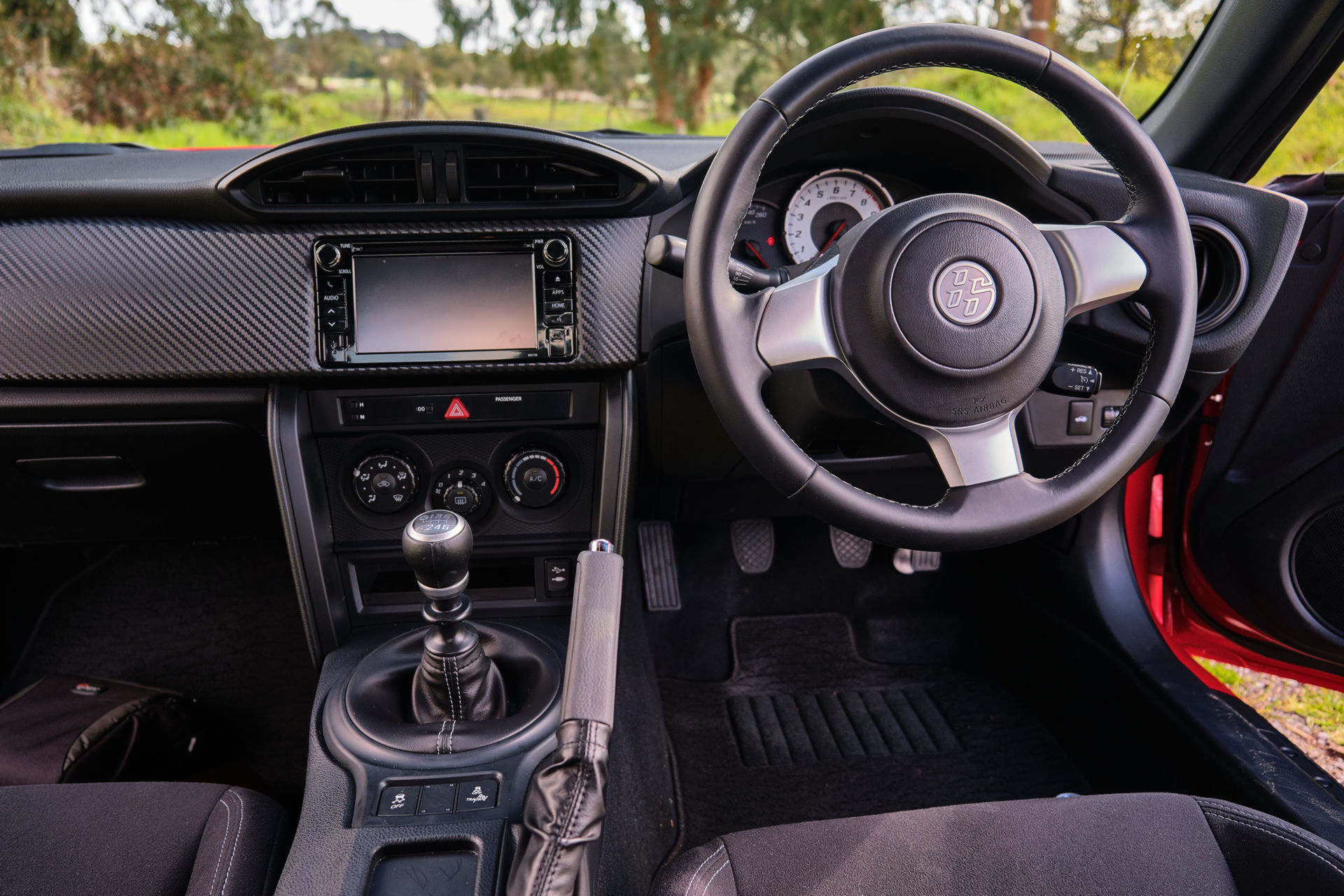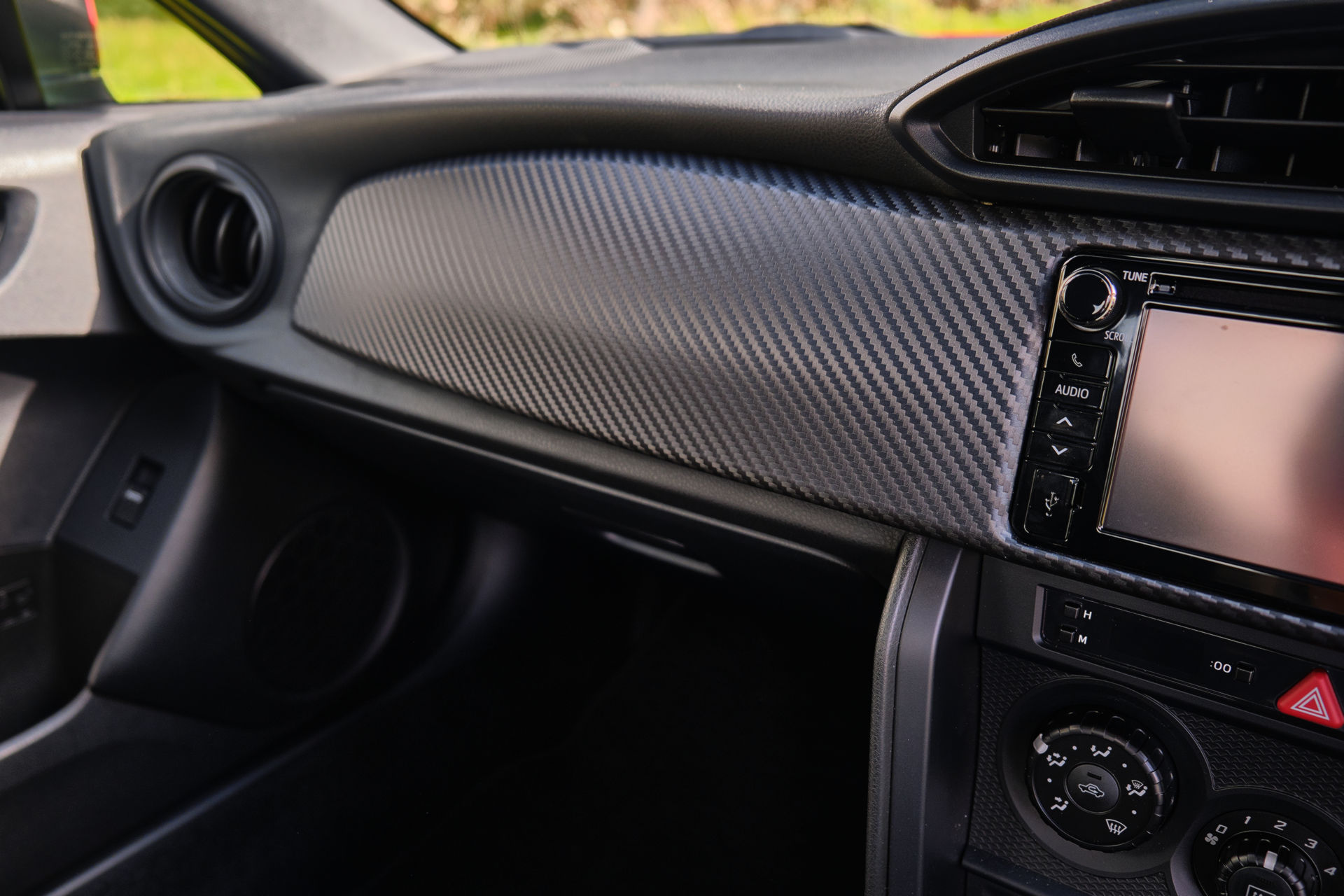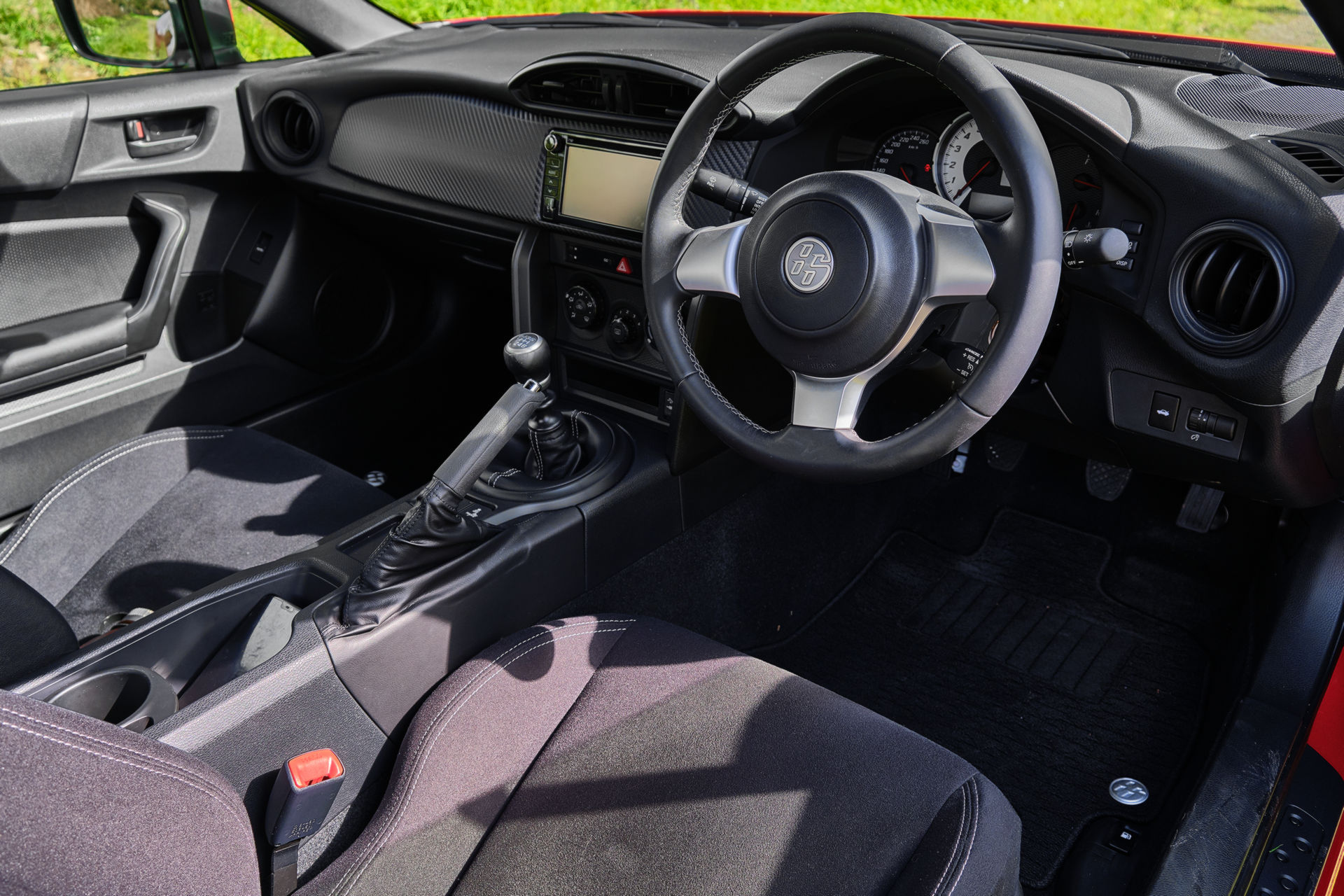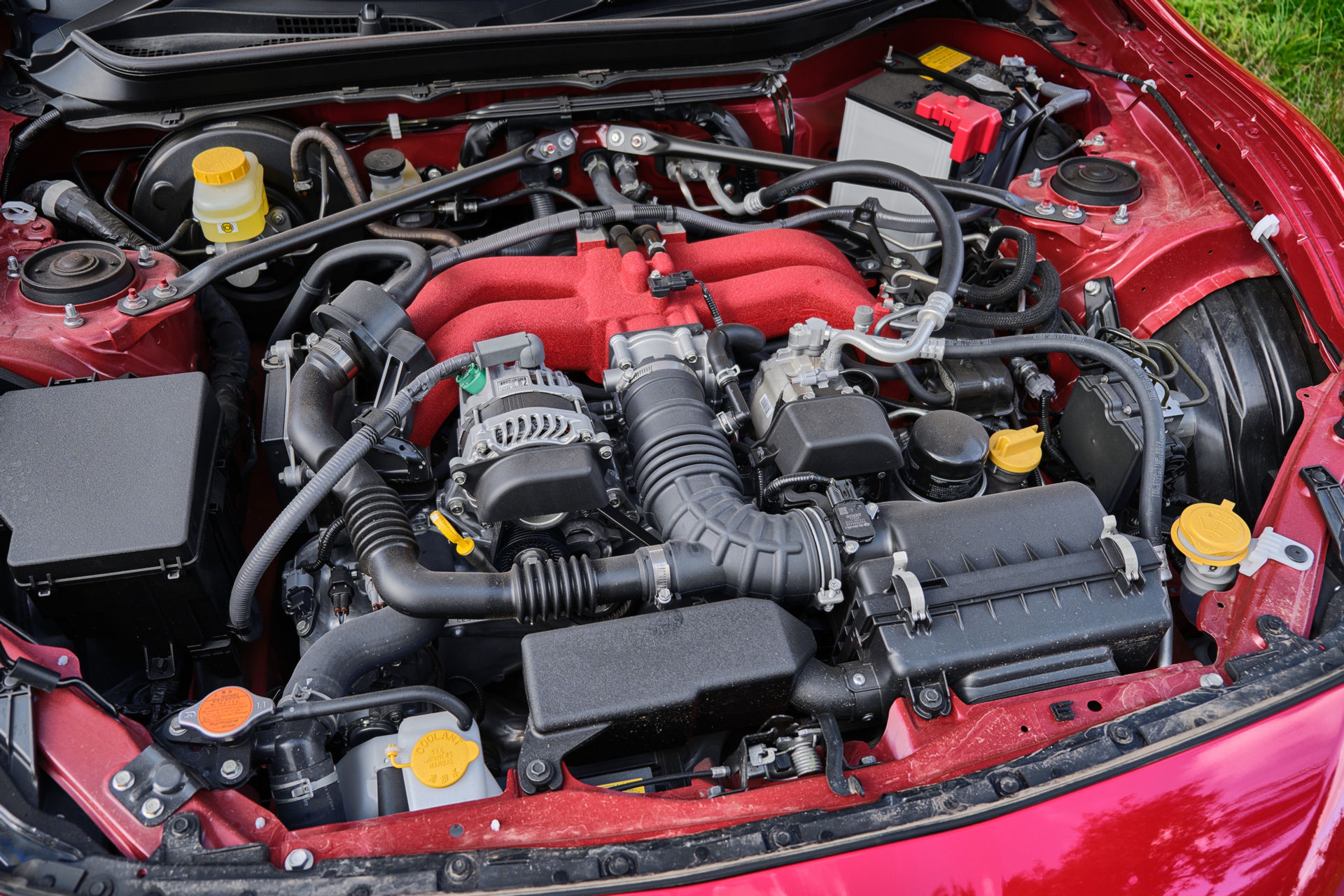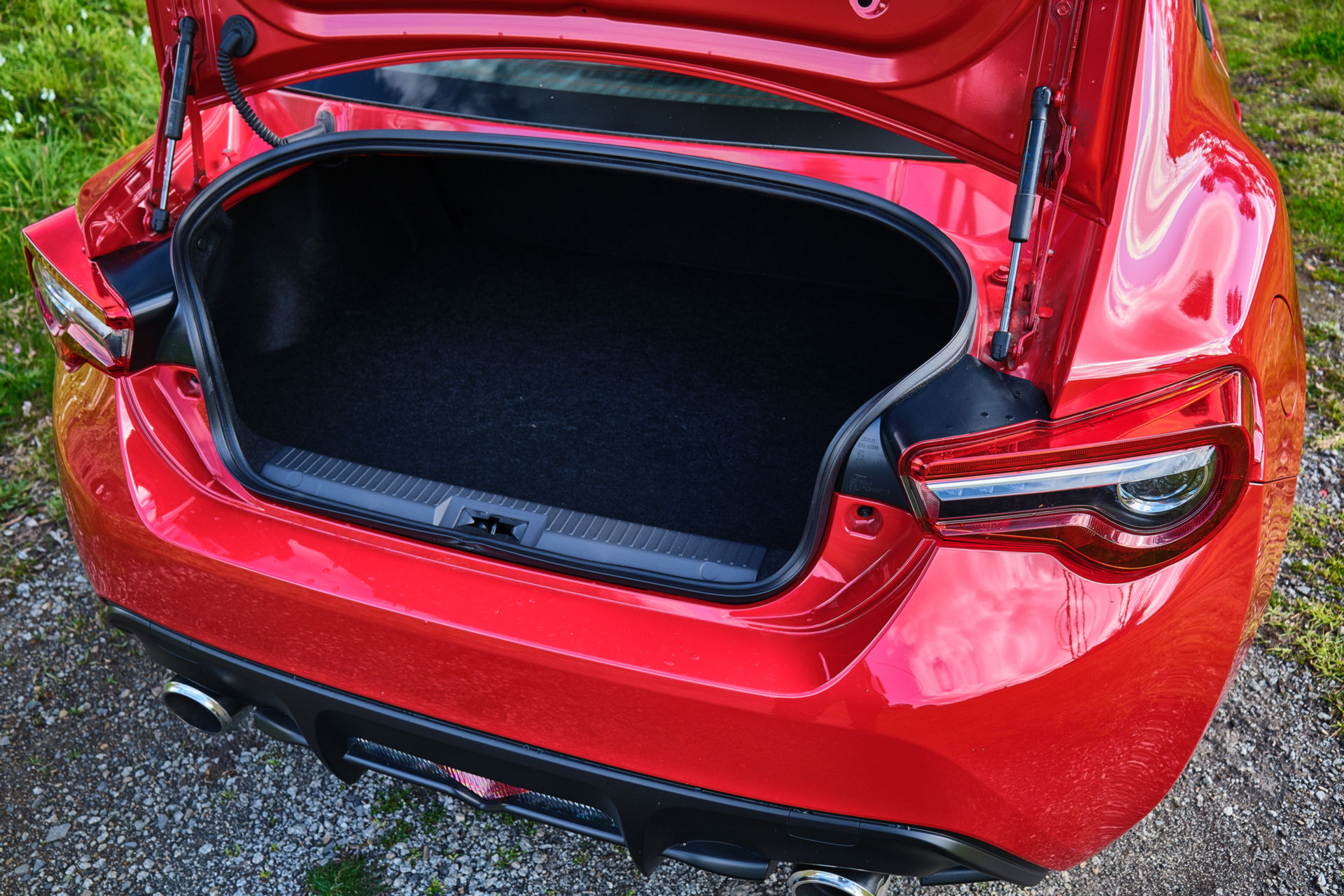In 2012 and the Toyota 86 and Subaru BRZ twins launched to much fanfare. They were heralded as two of the market’s best value-for-money sports cars and generated a huge amount of interest in the segment.
Back to the present, and a lot has changed in the automotive sphere. All-electric performance and luxury cars have started to arrive and mild-hybrid technologies are now becoming commonplace in sports cars.
The charm of the 86 and BRZ always lay in their simplicity and how fun they were to drive. But, having undergone very few changes to keep them fresh since launching, can the same still be said at this day and age? We recently spent a week with a Toyota 86 GT equipped with the available Dynamic Performance Pack to find out.
Japanese appeal
In Australia, the Toyota 86 is available in two configurations, named GT and GTS. As its name implies, the GTS sits at the top of the range and includes features like a rear spoiler, dual-zone automatic climate control, keyless entry and start, controls on the steering wheel, a 4.2-inch multi-information display on the instrument cluster, and rear privacy glass, features the GT does without.
Regardless of whether you buy the GT or GTS, the optional Dynamic Performance Pack is a must. It adds unique 17-inch wheels (the GT only has 16s), Brembo brakes, and SACHS suspension that improves the ride and handling. The kit is reasonably good value at $2,900 for the 86 GT and $2,200 for the 86 GTS.
Whenever I see an 86 or have the opportunity to drive one, I’m always surprised by just how tiny it is. Standing at just 1.28 meters (4.1 feet) tall, actually getting inside is much like getting behind the wheel of a low-slung supercar. Once you’re inside, however, the cabin is surprisingly spacious.
The first thing I do when driving a car like this is to put the seat in its lowest possible position. Sometimes, even at its lowest point it still feels too high. Not the case with the 86. In fact, the seat gets so low that it almost feels like you’re sitting on the floor. Perfect.
With the seat pushed back into my ideal driving position, there is no legroom for anyone brave enough to sit in the rear. Toyota may tell you that there are two rear seats but they are a squeeze for adults. With the seat back and lowered, we come to the final equation in the driving position equation: the steering wheel. In the GT it is beautifully simple with no buttons, three-spokes, and perfectly shaped. It is a pleasure to hold but wouldn’t adjust quite as high as I’d like nor telescope close enough to my chest. No matter.
Also Read: How Does Toyota’s 86 Stand Now That The Supra’s Here? Well, It’s Still Fun, But…
One of the first things that strikes you about being in the driver’s seat of the 86 is the view in front of you. Toyota’s designers obviously wanted drivers to have a clear view of the road in order to neatly position the car through corners. There are thin A-pillars, for example, but most notable is the clear view you have of the top of the wheel arches.
There’s only one transmission you should consider
Customers can order the 86 with either a six-speed manual transmission or an automatic ‘box. I haven’t driven the auto, but can confidently say the stick shift is the way to go. After all, the 86 is a car all about providing the purest driving thrills and that’s best achieved by rowing the gears yourself. If you want an automatic 86, perhaps you should buy a Corolla instead. Seriously.
Then we come to the engine. It is a 2.0-liter four-cylinder boxer from Subaru that delivers 206 HP and 156 lb-ft (212 Nm) of torque. This may have been adequate when the car launched, but as the 86 and BRZ twins have aged, it has become bland and boring when compared to many of the turbocharged four-cylinder engines powering mild and full-blown hot hatches. Not only does the engine lack power but, being a boxer, it’s not particularly refined either. On startup and idle, it rattles away in a vein not too dissimilar to a diesel and doesn’t suit the character of the car all that well.
A car begging to be driven hard
The 86 is more than capable of dealing with everyday driving duties, but it is whenyou find the time for an actual drive through some mountain roads where the car really comes alive.
Pin the throttle and initially, not much happens because peak power isn’t reached until 7000 rpm and peak torque between 6400 rpm and 6800 rpm. However, as the tachometer climbs, the 86 does start to feel quite brisk. Perhaps the biggest redeeming quality of the engine is its induction noise.
Then we come to the car’s biggest strength: its cornering ability.The steering wheel’s connection to the front wheels is direct and mechanical, allowing drivers to feel the low overall weight (1,259 kg / 2,776 lbs) of the car shift beneath them. There is a beautiful balance to front-engined, rear-wheel drive cars and the 86 is no exception. Grip from the front tires is surprisingly good and the car is much more prone to oversteer in the middle of a corner than it is understeer. When the rear does kick out, however, it is easy to control and keep in line.
This is a momentum car much like the Mazda MX-5 Miata. Once you get going, it is a joy to drive at the top of the rev band and is easy to drive at nine-tenths on the road. Find yourself in the wrong gear, however, or facing a steep ascent on a mountain pass and the lack of power does become an issue.
As for the gearbox, well, it is a mixed bag. Toyota has perfectly positioned the gearstick but it’s not the nicest to use, as it feels plasticky when you shift through the gears. Improvements could certainly be made with the fitment of a weighted shift knob and it would have been nice to see the Japanese carmaker refine and add a more mechanical feel to the transmission in the years since the car launched. On the other hand, the pedals remain perfectly placed to get heel-and-toeing just right.
Only hardcore sports car lovers need apply
Prices for the Toyota 86 start at $31,440 in Australia and $26,655 in the United States, so that makes it relatively affordable. All in all, the Toyota 86 proved itself as a fun and enjoyable sports car that’s easy to live with, but it’s far from perfect.
In fact, driving the 86 for a week I came to a rather unusual conclusion: if Toyota had built the car with Honda as opposed to Subaru, it may well have been the perfect budget sports car. Just imagine a high-revving naturally-aspirated VTEC engine with one of Honda’s class-leading six-speed ‘boxes. Nevertheless, the second-gen will still be a Toyota-Subaru affair once again, only with more power. If it retains the rest of the qualities and improves on its weaknesses, as we expect it to, we can’t wait for it to come out.







